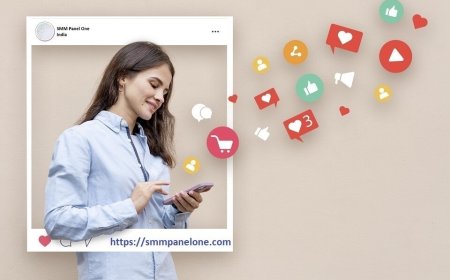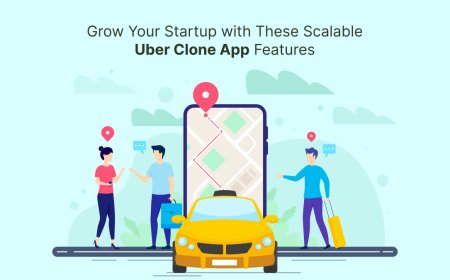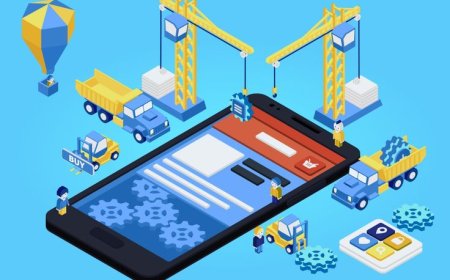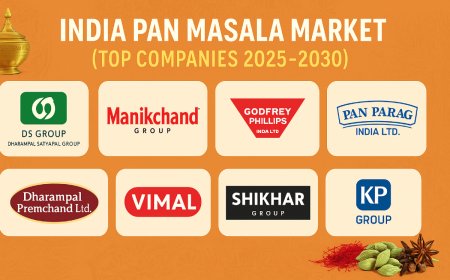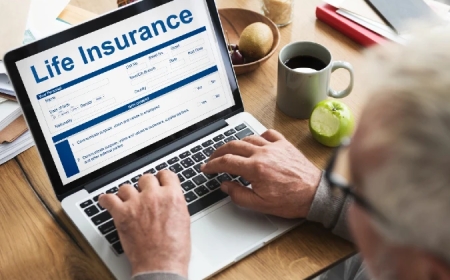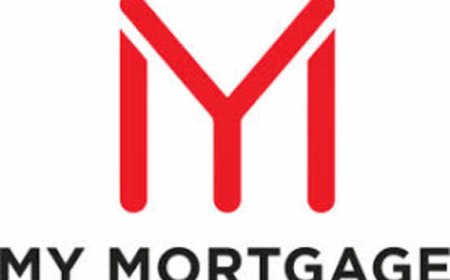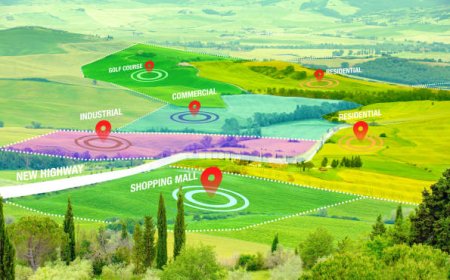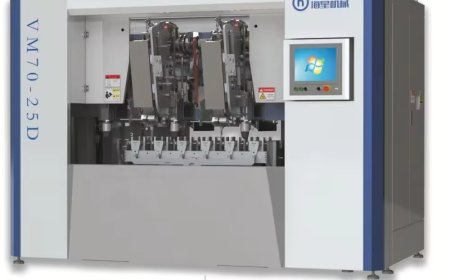What Are the Key Steps to Building an On-Demand Pickup and Delivery App?
Learn the key steps to build an on-demand pickup and delivery app—from planning and design to development, testing, and launch.

The demand for on-demand pickup and delivery apps has grown as users expect fast, reliable, and user-friendly services. Whether its groceries, laundry, food, or packages, users want real-time access to delivery solutions that fit into their schedules. If you're planning to build an app in this space, you need a well-structured approach to bring it to life and stay competitive.
Why Businesses Build Pickup and Delivery Apps
Businesses across sectors use pickup and delivery apps to meet changing customer needs and stay relevant in a mobile-first market. With more people ordering online and expecting services at their doorstep, these apps help companies stay connected to their users and improve retention. The right app allows businesses to reduce manual errors, process orders faster, and gain better visibility over operations.
Now lets look at the steps that lead to a strong, reliable, and scalable pickup and delivery app.
These Are Key Steps to Building a Pickup and Delivery App
Building an on-demand pickup and delivery app involves several important phases. From planning your business model to launching the final product, pickup and delivery app development requires each step to ensure your app meets user needs, functions smoothly, and grows over time. Below, you will find the essential steps that guide the entire process from concept to market-ready application.
Step 1: Define the Business Model and Audience
Before jumping into design or development, map out the core structure of your business. Define the services your app will support. Will it focus on food delivery, courier services, or a broader range of categories?
Ask yourself:
- Who is the target user?
- What problems will the app solve?
- Will it support scheduled pickups or instant requests?
- Will it work with third-party providers or rely on an in-house fleet?
Clear answers will help set your priorities and direct your tech decisions.
Step 2: Identify the Key Features for the App
A successful pickup and delivery app must meet the needs of three main users: customers, delivery agents, and administrators. Each group interacts with the app in different ways, so each version should include the right tools.
Customer App Features
- User registration (email, phone, or social login)
- Service selection
- Pickup scheduling
- Live tracking
- In-app chat and calls
- Secure payment gateway
- Rating and review system
- Order history
Delivery Agent App Features
- Profile management
- Job alerts
- Navigation and route optimization
- Availability toggle
- Earnings dashboard
- Task status updates
Admin Panel Features
- User and order management
- Fleet tracking
- Analytics dashboard
- Support ticket handling
- Commission and payout control
A smooth flow between these users is vital to keep the service reliable.
Step 3: Choose the Right Tech Stack
The choice of tools and technologies plays a huge role in how the app performs. Make sure you select scalable frameworks and proven libraries that help the app run smoothly.
Recommended Tech Stack
- Frontend: React Native or Flutter (for cross-platform mobile apps)
- Backend: Node.js, Python (FastAPI or Django)
- Database: PostgreSQL or MongoDB
- Maps & Location: Google Maps API or Mapbox
- Push Notifications: Firebase Cloud Messaging (FCM)
- Payment Gateway: Stripe, Razorpay, or PayPal
- Authentication: OAuth 2.0 or Firebase Auth
- Real-Time Communication: Socket.io for chat and live updates
Your choice will depend on the budget, timeline, and available developer skills.
Step 4: Build the MVP
Start with a Minimum Viable Product (MVP) that includes core features only. The goal is to launch the app with enough functionality to serve early users and collect feedback. This version should have all the essentials for placing orders, assigning delivery tasks, and tracking their progress.
Key parts of the MVP include:
- Account creation
- Service and location selection
- Order placement
- Delivery tracking
- Payment processing
Avoid overloading the first version with features that can be added later. This approach helps test the app in real scenarios without wasting time or money.
Step 5: Focus on UI/UX Design
Design and UI/UX development play a key role in user satisfaction. An app should guide users naturally through each step without confusion. Keep interfaces clean, use clear icons and buttons, and make sure the color scheme suits the brand.
Key design principles to follow:
- Simple navigation
- Fast loading screens
- Visible call-to-action buttons
- Real-time updates (status, tracking, ETA)
- Accessibility for users with disabilities
A positive user journey can increase repeat orders and build loyalty over time.
Step 6: Add Real-Time Tracking and Notifications
Real-time GPS tracking helps customers stay informed while also assisting delivery agents in choosing better routes. Push notifications and SMS alerts give updates on pickup confirmations, order status, delivery timing, and more.
Both features improve transparency and reduce the chances of failed deliveries or missed pickups. These tools help customers stay confident throughout the process.
Step 7: Ensure Data Security and Payment Safety
Security remains one of the top concerns for users. Protect customer data with encrypted protocols (HTTPS), secure login systems, and regular audits. When integrating payments, use PCI-DSS compliant gateways and avoid storing sensitive information on your servers.
Steps to improve security:
- Use two-factor authentication (2FA)
- Implement token-based login systems
- Regularly update libraries and frameworks
- Run penetration tests before launch
Step 8: Test the App in Real Environments
Testing should go beyond functionality. Run the app under real-world conditions with sample orders, multiple agents, and peak usage hours. Cover edge cases like no internet connection, failed payments, or location mismatches.
Important testing phases:
- Unit testing (individual components)
- Integration testing (combined systems)
- Performance testing (speed, load handling)
- User acceptance testing (real user behavior)
The goal is to catch bugs before they reach your users.
Step 9: Launch and Gather Feedback
Once the app passes internal tests, launch it in a controlled market or with a limited group. Monitor feedback closely and track user activity through analytics tools like Mixpanel or Firebase Analytics.
Focus on:
- Order completion rate
- Delivery time average
- App crash reports
- User retention metrics
Adjust your app based on user behavior and business performance.
Step 10: Maintain and Upgrade Regularly
Building the app is just the beginning. Continue to improve based on feedback, new tech trends, and business growth. Add new features like wallet systems, voice commands, or AI-based route suggestions only when the app proves stable.
Also keep an eye on:
- Server health
- Delivery success rate
- Agent performance
- Support requests and resolution time
Regular updates keep the app fresh and competitive in a fast-moving market.
Final Thoughts
An on-demand pickup and delivery app works as a strong tool for businesses looking to serve modern users. If you plan each step with carefrom defining your model to choosing tech and testingyou'll launch a product that users trust and enjoy.
By focusing on performance, clear design, and steady upgrades, you build more than just an appyou build a service that delivers value every time.
